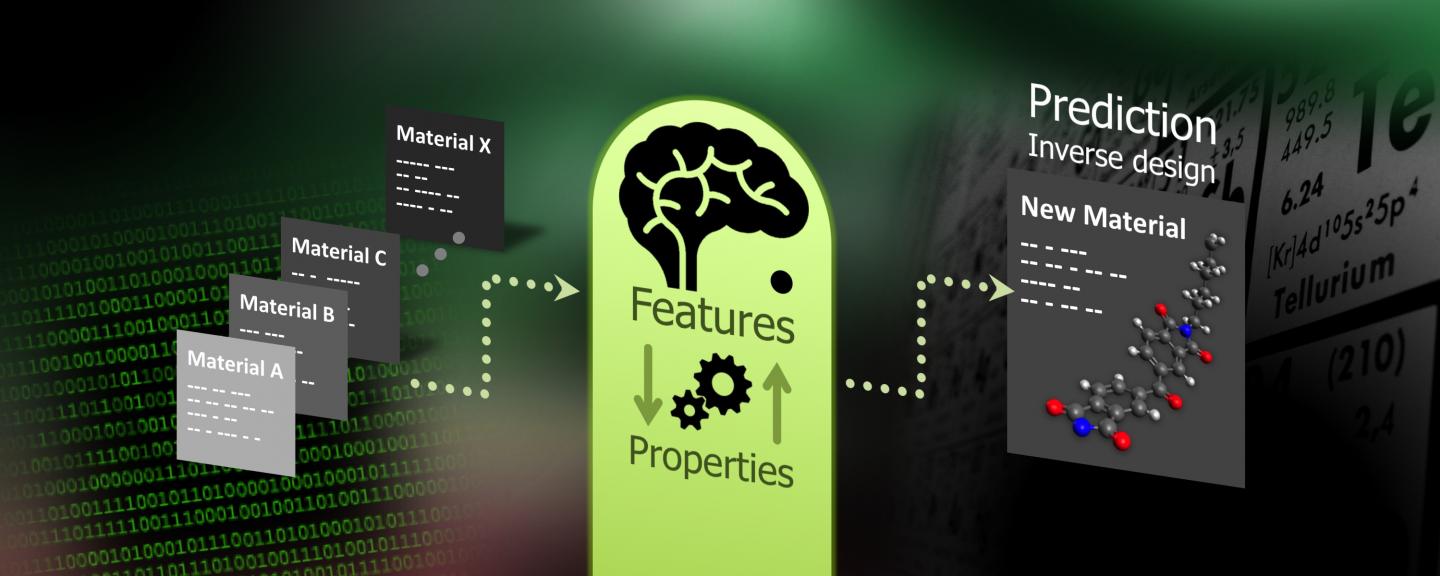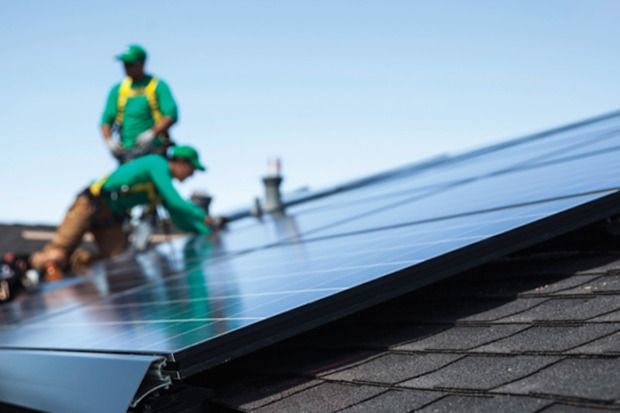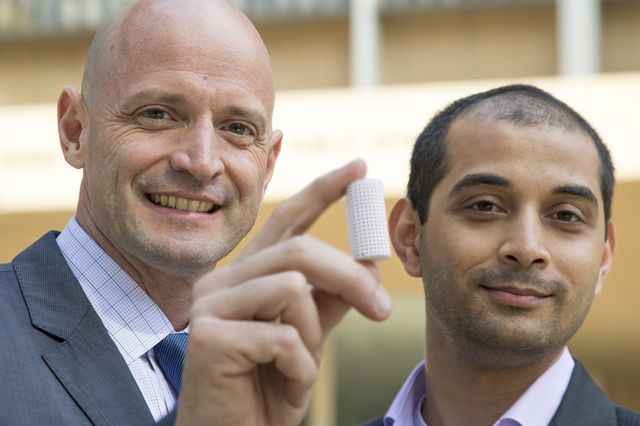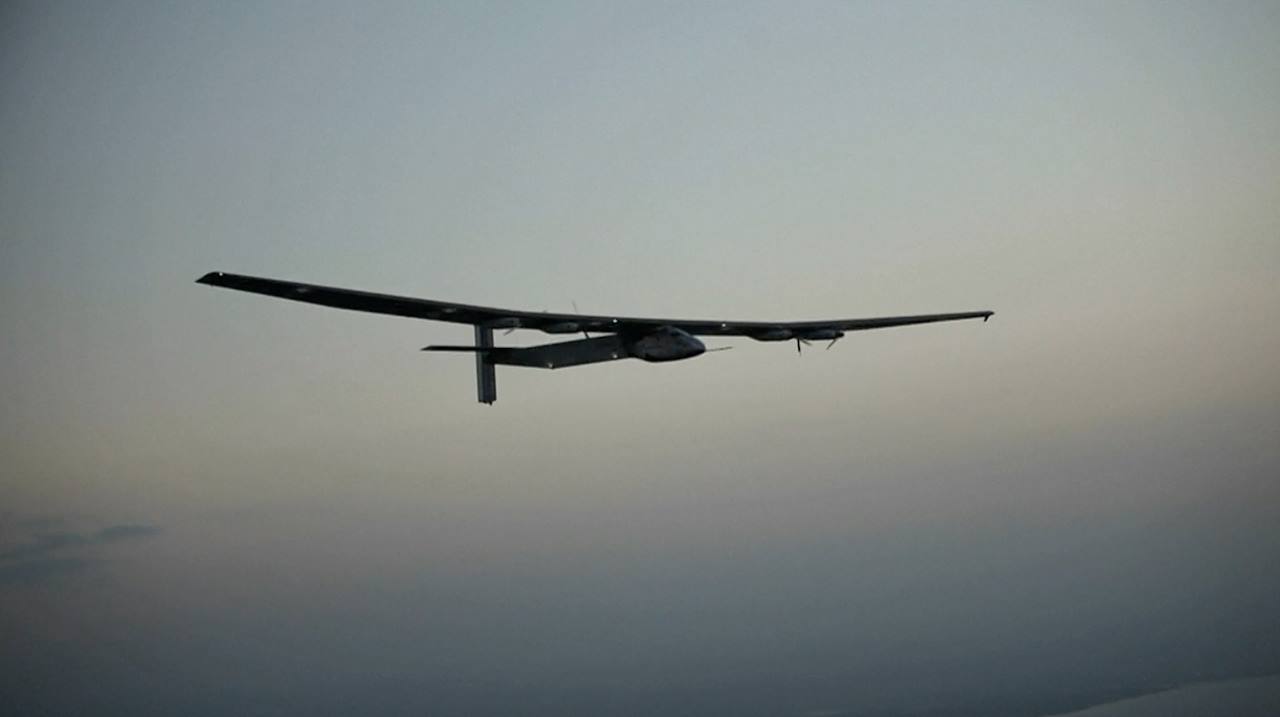Mar 17, 2016
Hankook iFlex Tire The Future of Tyre Design
Posted by Shailesh Prasad in categories: energy, materials, sustainability, transportation
Airless tires.
#Airless_tires are the next generation of tires waiting to take over the world. Recently, #Hankook_iFlex_tire underwent a series of high speed tests and that has helped us take a step closer to a future where tires without air would become a reality. It was company’s fifth attempt at launching #airless_tires into the market. Why is the company trying to do so and that too this religiously? Because of the multiple benefits that this gadget brings in comparison to the traditional tires.
#Hankook’s tire is far more energy efficient and can be recycled as well. The material that has been used by Hankook allows the company to reduce the production steps into half as compared to a conventional tire.
Continue reading “Hankook iFlex Tire The Future of Tyre Design” »

















